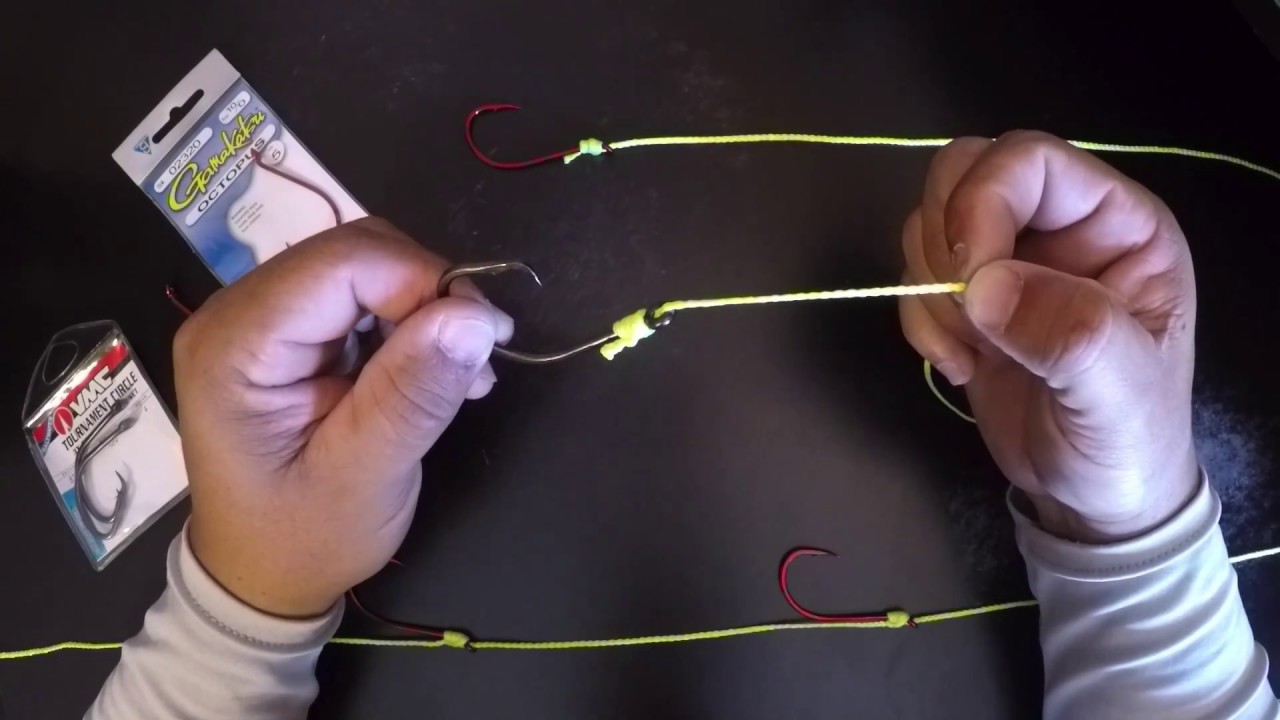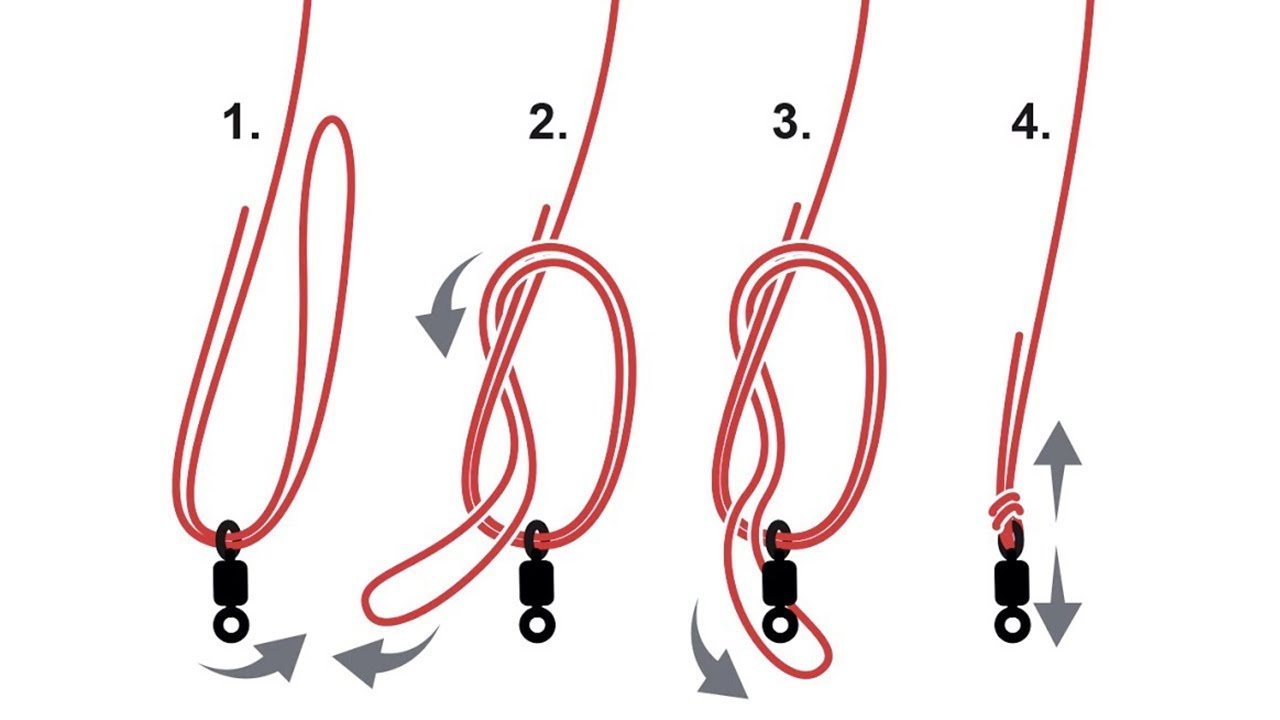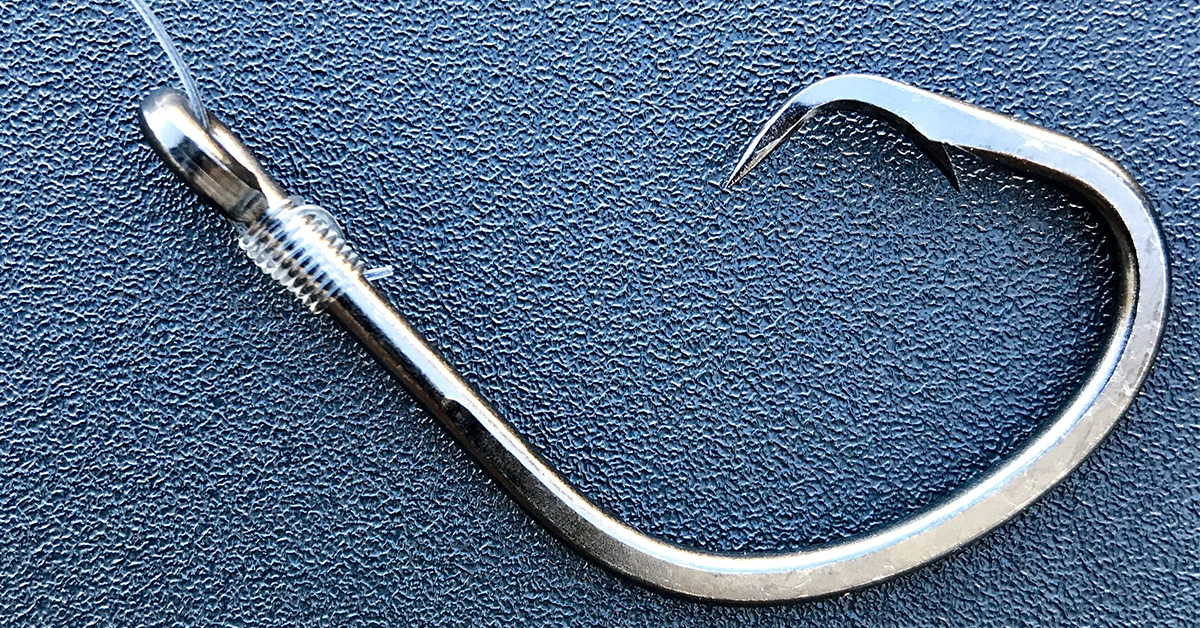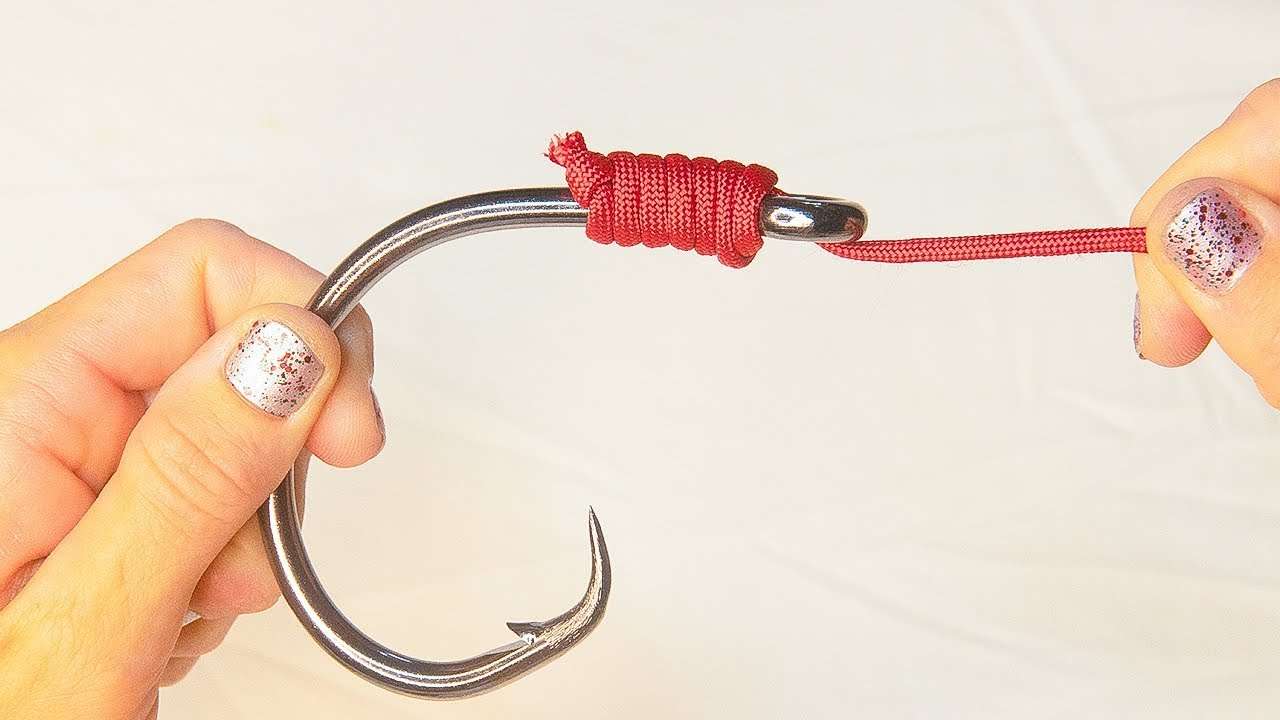Snell knot vs Palomar
The Snelknot and the Palomar knot are the two most commonly used knots for tying a fish hook to the line of a lure. While both knots are easy to tie, the Snelknot is slightly easier to use than the Palomar knot and has fewer disadvantages.

A common question that arises when choosing between the Snelknot and Palomar Knots is “Is one knot better than the other?”
Is a snell knot stronger than Palomar knot?
When you tie a bowline knot, the strongest knot possible with that length of rope, the one with the least amount of space between the two pieces of rope is called the Palomar knot. But if you tie a Palomar knot to a snell knot, is the snell knot stronger than the Palomar knot? The answer is yes. So why is it easier to untie a snell knot? It’s because of a phenomenon known as “overlap dominance.” Overlap dominance refers to when a knot (in this case, the snell) that is tighter than a knot (Palomar), which is looser, can actually overpower the looser knot.
![Palomar Knot vs. Uni Knot With Braided Line [Strength Test]](https://401fishingreports.com/wp-content/uploads/2024/07/1_how-to-choose-between-the-snell-knot-vs-palomar.jpg)
So, if a Palomar knot doesn’t have any strength and the snell knot has no strength, what makes them different? The strength of the knot comes from the number of twists used. A snell knot has 10 loops, but a Palomar has two loops, thus making it weaker than the snell. This knot will hold in any position, but a Palomar knot will only hold in one position and is not a very strong knot.
What is the strongest fishing knot?
The Palomar knot, named after the inventor, has a lot going for it. It’s fast to tie, it holds very well, and it can be tied in many different ways to accommodate whatever situation you’re facing. It’s versatile, which makes it great for use with fly fishing, lures, or flies. In addition, it doesn’t loosen up too much, unlike the figure-eight knot, which could potentially be a problem in the event that you need to cut the line quickly. The one thing to watch out for is that if you have to cut the line, the Palomar knot is not as easily untied as the figure-eight, and you might need to use pliers or a similar tool to remove it. So, while the Palomar knot is a great knot, don’t underestimate its potential downside.

How do I know if the knot I’m using is strong enough to withstand the force of the fish pulling on the line? Most people would immediately think that strength is measured by how many pounds of weight it can hold, but in fact, the strength of a knot is defined differently.
What is a snell knot good for?
A snell knot is a simple knot that has many uses. The most common use of this particular knot is to attach the line of a fly fishing rig. But, this knot also makes an excellent binder for keeping small items such as keys, pencils, etc.
A snell knot is a fisherman’s best friend. It holds two lines together with one line crossing over the other. The knot must always be tightened, the ends must be checked regularly, and it can become undone easily if handled roughly.

When you use this knot, make sure that the two lines aren’t tangled up. If they are tangled up, you will have to untangle them first before tightening the knot. Next, you must check the ends of the lines periodically to ensure that they haven’t come loose. Once you do this, you must tighten the knot by pulling the free end until it is taut. After you tighten the knot, you must make sure that you keep the line from moving around when the knot is under tension.
Is a snell knot strong?
You’ve seen these knots around your local pond. They are strong knots for fishing and are used to tie together the various lengths of line that make up a fishing knot. But are these strong knots really strong? Well, yes and no. Yes, they can hold up very well when they’re being tested. But they’re not the strongest. Instead, the strongest knots are the ones with extra twists in them.

So, how can you find the strongest fishing knots? Well, there are two different ways to find them. You can either use a test to find the strongest knots or you can use a knot strength chart. The test is simple, you just grab a piece of line and see which knot can hold up the best. To test the knots, tie one end of the line to a solid object such as a piece of wood or rock. Then, tie a knot in the line and let it hang down. Now, pull up on the line gently until it stops resisting the pull and you’ve found the knot that holds the best. You may have to pull on the line more than once to get the knot to pull out of the wood or stone. Once you have found the knot, you can then use it to tie the various lines that you use to fish with a straight shank hook or a straight shank flipping hook.
The other way to find the strongest fishing knots is to use a knot strength chart. These charts tell you how strong the best knot is based on how many times the line has been tied. For example, if the line has been tied six times, then the clinch knot has a knot strength of six. Most of the time, the fishing knots will have a only knot strength of three. You can read the chart and then buy the fishing knot that is strongest which are straight-eyed hooks.
How many fishing knots are there?
There are seven that you must know how to tie as a fisherman.
Conclusion:
In conclusion, It’s important to remember that when you’re deciding whether to use the Snelknot or Palomar Knot, you’ll have to consider what is important to you. Are you looking for something that can be used easily and quickly? Or, do you want something that provides a little more control? Do you want to create a permanent or temporary knot? If you’re choosing between these two, you’ll have to determine which is more important to you. Also, don’t forget the fishing line does matter too! Did you know the first knot that we learned to tie was the uni knot which is a good knot?


